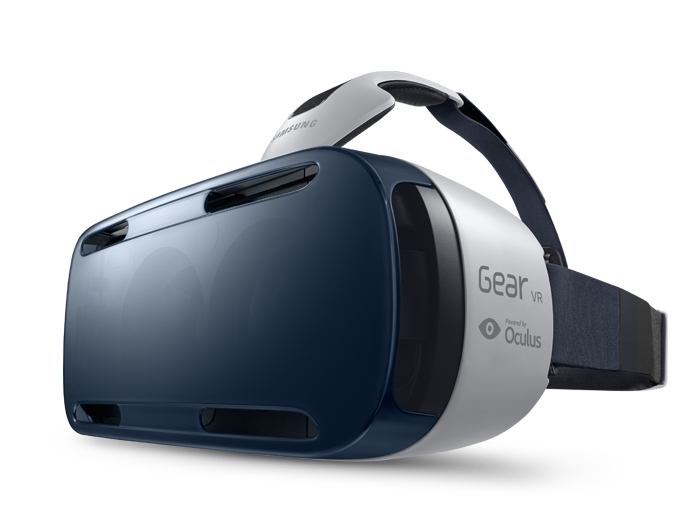 Most of my previous VR work/ experimentation has been on the DK1 and DK2. It’s tough to get the “full” experience going on these particularly if you’re looking for something equivalent to the rendering quality of the most recent video games – you have many many restrictions on what you can throw at the GPU before you start dropping below 60FPS – when we start requiring 90FPS the improvements in hardware will probably let us maintain the status quo – unless some additional innovations come down the line – like a smarter stereo rendering pipeline or SLI support.
Most of my previous VR work/ experimentation has been on the DK1 and DK2. It’s tough to get the “full” experience going on these particularly if you’re looking for something equivalent to the rendering quality of the most recent video games – you have many many restrictions on what you can throw at the GPU before you start dropping below 60FPS – when we start requiring 90FPS the improvements in hardware will probably let us maintain the status quo – unless some additional innovations come down the line – like a smarter stereo rendering pipeline or SLI support.
I’ve played with Google Glass, and it’s better than I expected, but it’s still a poor man’s introduction to VR. Not to knock it too much, it’s better than I expected, and it’s a fine portable low cost VR experience, but hardly the immersive experience I expect with VR. So I wasn’t thrilled when I got the job of working on a GearVR title. Meh – a nice phone with a custom plastic cardboard variant.
I’ve since come to realize that maybe I was a bit too hasty. While the rendering quality is pretty good (the Samsungs are pretty nice phones), but combined with some good quality lenses, faster tracking hardware, and a comfortable, WIRELESS, HMD. it’s actually a pretty impressive combination for VR. And while I’m looking forward to working on some Vive and CV1 titles, I’ve really come to appreciate the GearVR for a passive, wireless VR experience. Every VR virgin I’ve put in one has basically dropped their jaw open with an “OMG this is Awesome!”. So consider me a convert.
